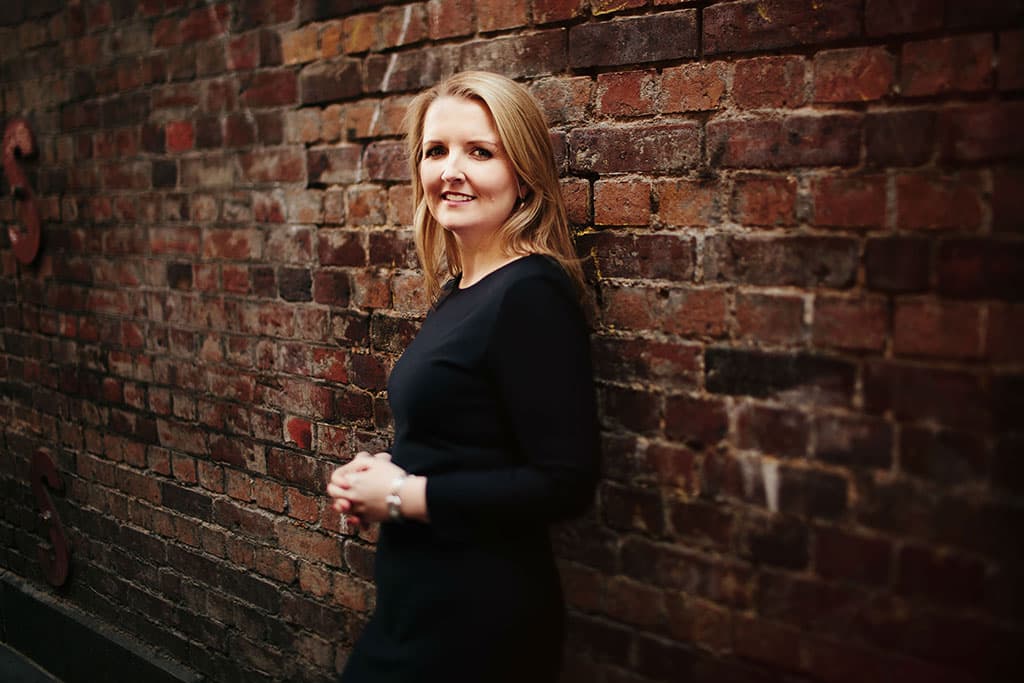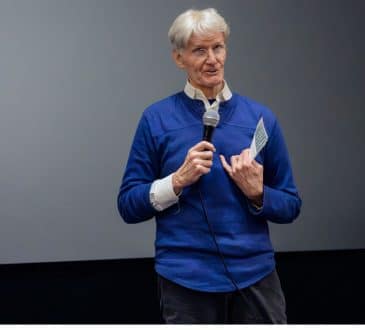How leaders can leverage skills from all ages to create an optimum workforce

As organisations grapple with more complex decisions and an ever increasing pace of change building a workforce equipped with the skills and experience to thrive in this environment is critical.
Finding this depth and breadth of talent requires leader to build a diverse workforce, which covers full spectrum diversity including, for example, age, ethnicity, gender, thinking styles, disabilities and sexual orientation.
This means leaders need to challenge their decision making patterns.
Seek out difference
It’s natural to want to work with people you like and find easy to work with, and consequently when you are building a team or forming work groups you often seek out such people.
This is either done consciously or subconsciously. In the case of recruitment, for example, search criteria often specifically reference the desire to find a candidate where there is cultural fit.
Cultural fit can mean different things to different people. Typically, if you ask people how they define cultural fit they will give comments such as, someone who:
- Lives the organisation’s values
- Is able to work well in the team
- Will fit in with the rest of the group
- Understands the organisation’s objectives and buys into its vision
However, when you strip away the layers and get to the base level drivers what the person is looking for is someone who they feel comfortable with. That is, someone who they connect with because they can see aspects of themselves in that person.
Avoid likeability bias
It’s often suggested that one of the key success criteria for a job interview is to ensure that the interviewee comes across as likeable. The premise being that the hiring manager has already positively assessed the applicant’s CV for the required technical skills because they are being interviewed. Now, all the hiring manager is seeking to test is whether they want to work with the person or not.
This likeability isn’t just about being friendly and a nice person. It’s about whether the hiring manager finds similarities with the person they are interviewing. Research shows we like people who are similar to us in terms of interests, backgrounds and experiences, and this has consequential impacts for hiring decisions.
Kellogg University found that getting hired for a job was not so much about the “soft or hard dimensions of the role”, but rather how similar the person being interviewed was to the person conducting the interview.
It is very easy for leaders to want to hire people who are like them. Similarity makes a person feel comfortable. However, when you hire people like yourself, you are filling the team or work group with people who have similar backgrounds, experiences and thought processes.
Diversity improves decision making
Homogeneity can negatively impact how decisions are made. The more alike people are, the more likely they are to think along the same lines and therefore there is less room for debate, discernment and disagreement.
Separate research from Kellogg University found that diverse teams make better decisions. That diversity is not just about gender or ethnicity, it includes age, experience and backgrounds. The diverse groups outperformed more homogeneous groups not because of an influx of new ideas, but because the diversity triggered more careful processing of the information that’s discussed.
‘Complex problem solving’ and ‘critical thinking’ are the top two competencies that the World Economic Forum identified in its Future of Jobs report. This involves challenge, exploration, suspending judgement, and being equipped with the cognitive capacity to look at problems in a different way. All of which is aided by having a diverse workforce.
Successful sustainable organisations recognise the need for their workforce to be is equipped with the capability and capacity to dig deeper into the mental models that drive their thought processes and be ready to acquire knowledge from multiple sources and environments.
Consequently, leaders need to be prepared to challenge their assumptions and expectations when they are building their team. This involves:
- Acknowledging the potential for bias, because we all have it to varying degrees
- Actively seeking diversity of experience, background, ethnicity, age and gender (and all forms of diversity) when forming teams and work groups
- Recognising that the person at work who really annoys you is often the person you need to spend more time with. Why? Because the source of tension comes from their seeing the world differently to you and this challenge to your frame of reference is good for your thought processes
- Inviting other people into the decision-making process who can shift and provide alternate perspectives
Build on strengths
As part of this approach, it helps for leaders to understand and then leverage the strengths of their team.
Research conducted over the last 30 years shows that taking a strengths based approach leads to greater work satisfaction, engagement, and productivity. This is evidenced in Tom Rath and Barry Conchie’s book, Strengths Based Leadership, where they detail how working with strengths helps leaders be more effective.
Leaders play a crucial role in bringing strengths to life at work – for both themselves and their team members.
It starts with the leader understanding their own strengths and how they are best used at work. The next step is to help team members:
- Appreciate the strengths they bring to their role, and
- Recognise and value the strengths their colleagues bring to their role
This is best done through a series of team development activities, which help the team best understand and leverage the individual and collective strengths of the team.
Writtn by Michelle Gibbings.
# World’s Most Luxurious Hotels, 2019.
# Best Music Schools In The World For 2019.
# Best Fashion Schools In The World For 2019.
# Best Business Schools In The World For 2019.
# World’s Best Hospitality And Hotel Management Schools, 2019.
Bring the best of the CEOWORLD magazine's global journalism to audiences in the United States and around the world. - Add CEOWORLD magazine to your Google News feed.
Follow CEOWORLD magazine headlines on: Google News, LinkedIn, Twitter, and Facebook.
Copyright 2025 The CEOWORLD magazine. All rights reserved. This material (and any extract from it) must not be copied, redistributed or placed on any website, without CEOWORLD magazine' prior written consent. For media queries, please contact: info@ceoworld.biz








